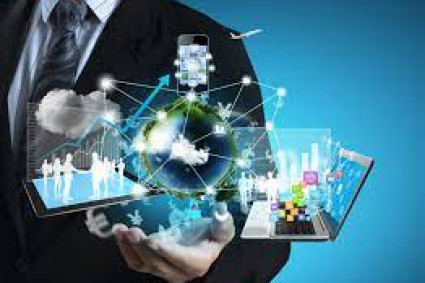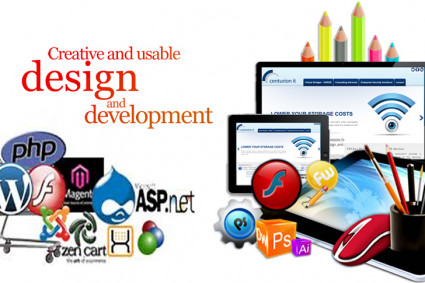
Established businesses and startups seek less manual, more scalable means to overcome the challenges in massive data processing workflows. As they find new opportunities to tap into visual intelligence assets, computer vision gains more attention. Founders expect it to replace conventional methods that relied on human input describing visual information. However, AI now allows machines to interpret visual data for faster insight availability into real-world processes and events. This post will highlight the role of computer vision that enables stakeholders to redefine business decision-making via contextual insight discoveries leveraging visual inputs.
How Computer Vision is Transforming Business Decisions
1. Unlocking Insights from Visual Data
Increased volumes of visual data, especially via social monitoring and surveillance channels, are at the fingertips of corporate leaders and founders. They also encourage their teams to utilize more intelligent IT tools that share visual details with centralized systems. Computer vision services can use existing or new cameras, heat sensors, and satellite imagery to enhance visual intelligence gathering.
Many AI tools are available that turn images and videos into actionable insights. For example, applying computer vision for retail industry use cases will help analyze customer movements in stores. Therefore, retailers can confidently determine which products customers give the most attention to. Such insights help businesses optimize their store layouts. From placing new inventory refill requests to revising marketing strategies, many activities can be more outcome-oriented due to computer vision integrations.
2. Automating to Improve Decision Making
Automation through computer vision empowers organizations to make decisions in real time without significant human interference. Consider logistics and supply chain management use cases. Cameras that support AI or computer vision algorithms can track packages. Using predictive modeling services, managers can rate the effectiveness of warehouse operations, travel routes, and delivery personnel. They will also get automated alerts about unavailable or returned orders that will likely have greater demand season-wise.
Besides, human errors decline as more activities become computer vision-driven. As a result, operation decision-making becomes more reliable, and it is easier to document changes using automated logs.
3. Driving Strategic Decisions with Visual Intelligence
Computer vision can further enhance how organizations craft strategies based on workplace hazard events or a sudden decline in customers’ store visits. If the on-site conditions cause these issues, then computer vision can go through video recordings and inspect which factors require optimization. For instance, if multiple workplace hazards indicate poor adherence to safety protocols, a strategy to educate and mandate workers on the use of best practices is preferable.
Similarly, if insufficient reception desk staff is making more customers wait in queues, installing automated checkout kiosks or streamlining billing and payments systems can help. These actions must have a solid basis in visual evidence that computer vision systems will offer. With such data-backed strategies, workplace safety standards and customer checkout experiences will surely improve.
Conclusion
Computer vision allows stakeholders to tap into previously hard-to-process visual intelligence assets. That is why organizations seek secure and stable computer vision integrations to modernize project site supervision and customer behavior tracking. The scale of applications is also promising. While businesses can ask AI to find natural resource deposits using maps and satellite images, academics and administrative offices can use computer vision to enhance facial authentication.
In short, computer vision goes beyond transforming business decisions. It essentially paves the way to new means of optimizing the relationship between machines and humans.




